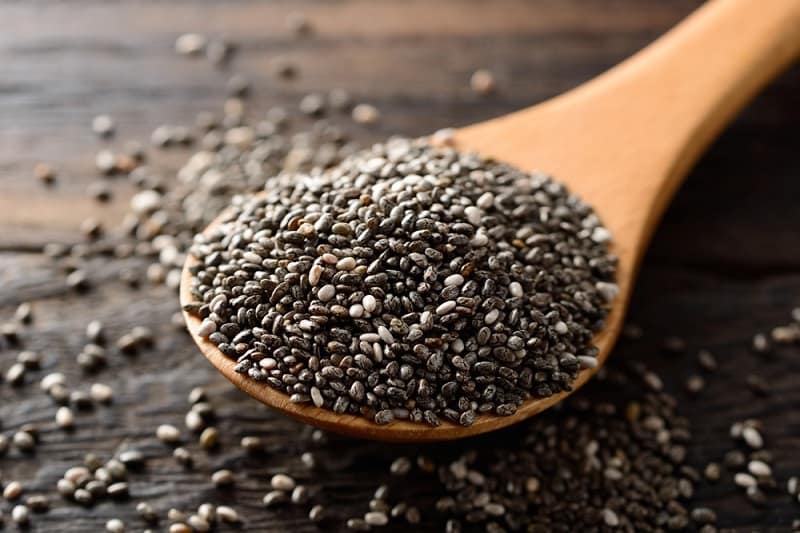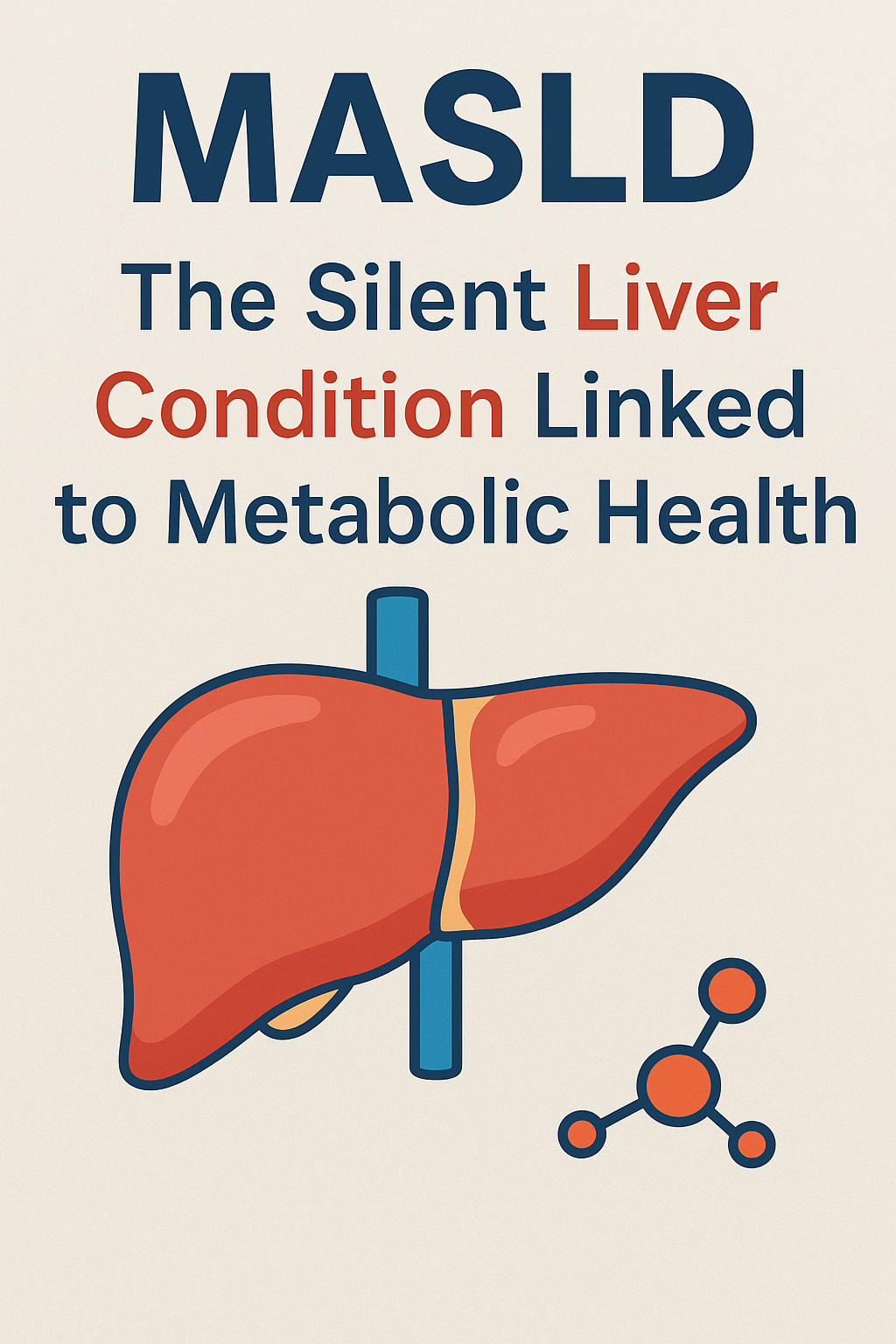Chia seeds (from Salvia hispanica) are tiny nutritional powerhouses rich in fiber, protein, healthy fats, and essential minerals. Let’s explore why they’re superfood status, how to consume them mindfully, and how much is safe and effective.
What Are Chia Seeds & Why Are They Nutrient-Dense?
Chia seeds originate from Central America and have been a dietary staple for the Aztecs and Mayans. By composition, chia seeds contain approximately 42% carbohydrates (mostly fiber), 31% fat, and 16% protein when measured by weight. They also provide essential B-vitamins, calcium, magnesium, phosphorus, iron, and zinc (all at ≥20% Daily Value per 100 g).
How Much to Eat: Portion & Preparation
-
Recommended serving: 1–2 tablespoons (~15–30 g) per day
-
Nutrient value per 2 tbsp (28 g): ~4–4.7 g protein, ~9–10 g fiber, ~138 kcal, plus healthy fats and micronutrients.
Best Ways to Consume Chia Seeds
Soaking first is strongly recommended:
-
Soak chia in a 1:4 ratio of seeds to liquid for 10–20 minutes to form a gel.
-
Soaking enhances digestibility, nutrient absorption, and reduces the risk of throat or gut blockages.
Using whole vs. ground:
-
Ground chia offers slightly higher absorption of omega-3s and protein, though whole soaked seeds still provide benefits.
Creative ways to eat chia:
-
Use chia gel in puddings, smoothies, oats, yogurt, baked goods or as an egg substitute.
-
Popular recipes include chia pudding, smoothies, or chia water (“internal shower”)—just always soak the seeds first.
Health Benefits of Chia Seeds
-
Rich in fiber: ~34 g per 100 g; ~9–10 g per 2 tbsp—significantly higher than most fruits or vegetables.
-
Plant-based omega-3 (ALA): Very high—chia seeds offer a favorable omega-6 to omega-3 ratio of ~0.33.
-
Good protein source: Contains all nine essential amino acids; comprised of ~15–25% protein by weight.
-
Antioxidants: Rich in chlorogenic acid, quercetin, kaempferol, and caffeic acid—protect against oxidative stress.
-
Heart and metabolic benefits: May help lower blood pressure, LDL cholesterol, and support blood sugar control, though some human evidence remains limited.
-
Bone support: Provides calcium, magnesium, phosphorus, and ALA; preliminary data suggests bone health benefits.
-
Digestive health: High fiber supports gut health, reduces constipation, and acts as a prebiotic, especially when added to water (soaked chia).
-
Satiety and weight support: Expanding fiber + protein helps curb hunger; evidence mixed but promising.
Safety Tips & Common Mistakes
-
Never eat chia seeds dry—they swell and can choke or block digestion.
-
Hydrate adequately when consuming chia, especially with fiber-heavy diets.
-
Start small if new to fiber-rich foods to avoid bloating or gas.
-
Medication caution: If you’re on blood thinners, blood pressure, or diabetic medications, consult your doctor first.
-
Moderation matters: Excessive intake may lead to digestive upset or interfere with mineral absorption.
Summary Table
| Topic | Detail |
|---|---|
| Serving size | 1–2 tbsp (~15–30 g) daily |
| Preparation | Soak for best absorption and safety |
| Key benefits | Fiber, protein, omega-3, antioxidants, gut, bone, heart health |
| Best uses | Puddings, water, smoothies, baking, yogurts |
| Safety tips | Hydrate, avoid eating dry, start small, consult doctor if needed |

Akanksha Sharma
Dr. Akanksha Sharma, Head Writer and creator of AtoZ of Pregnancy, is dedicated to empowering women, parents, and families through 360-degree knowledge. She and her team provide evidence-based advice to guide families through pregnancy, parenting and beyond.






